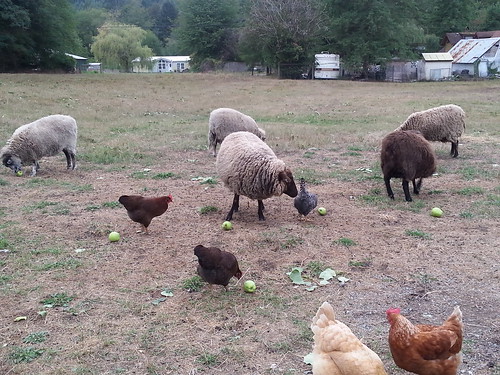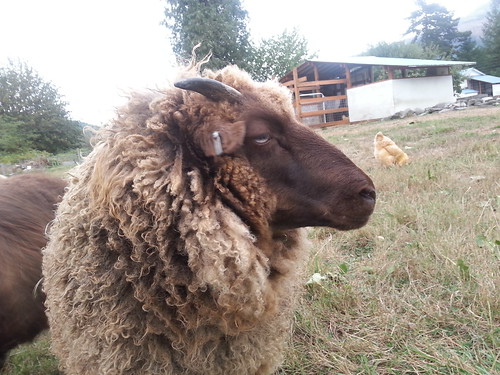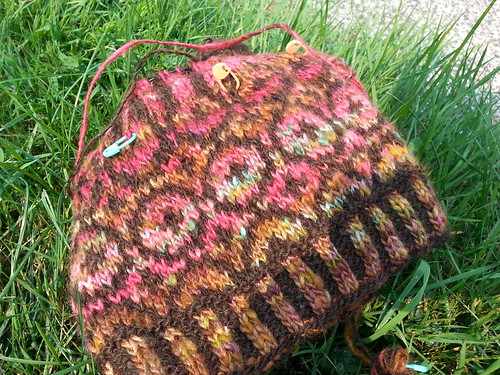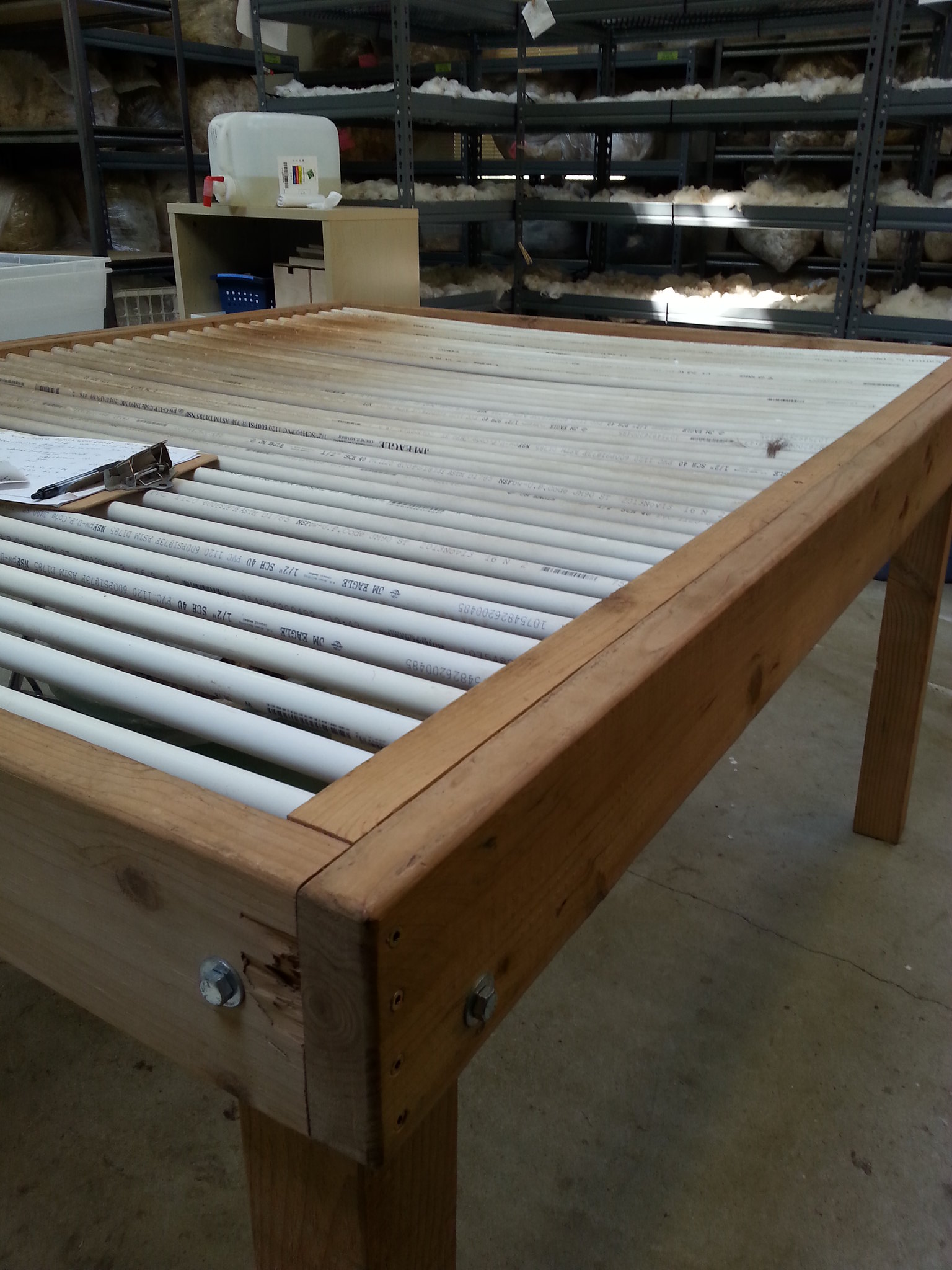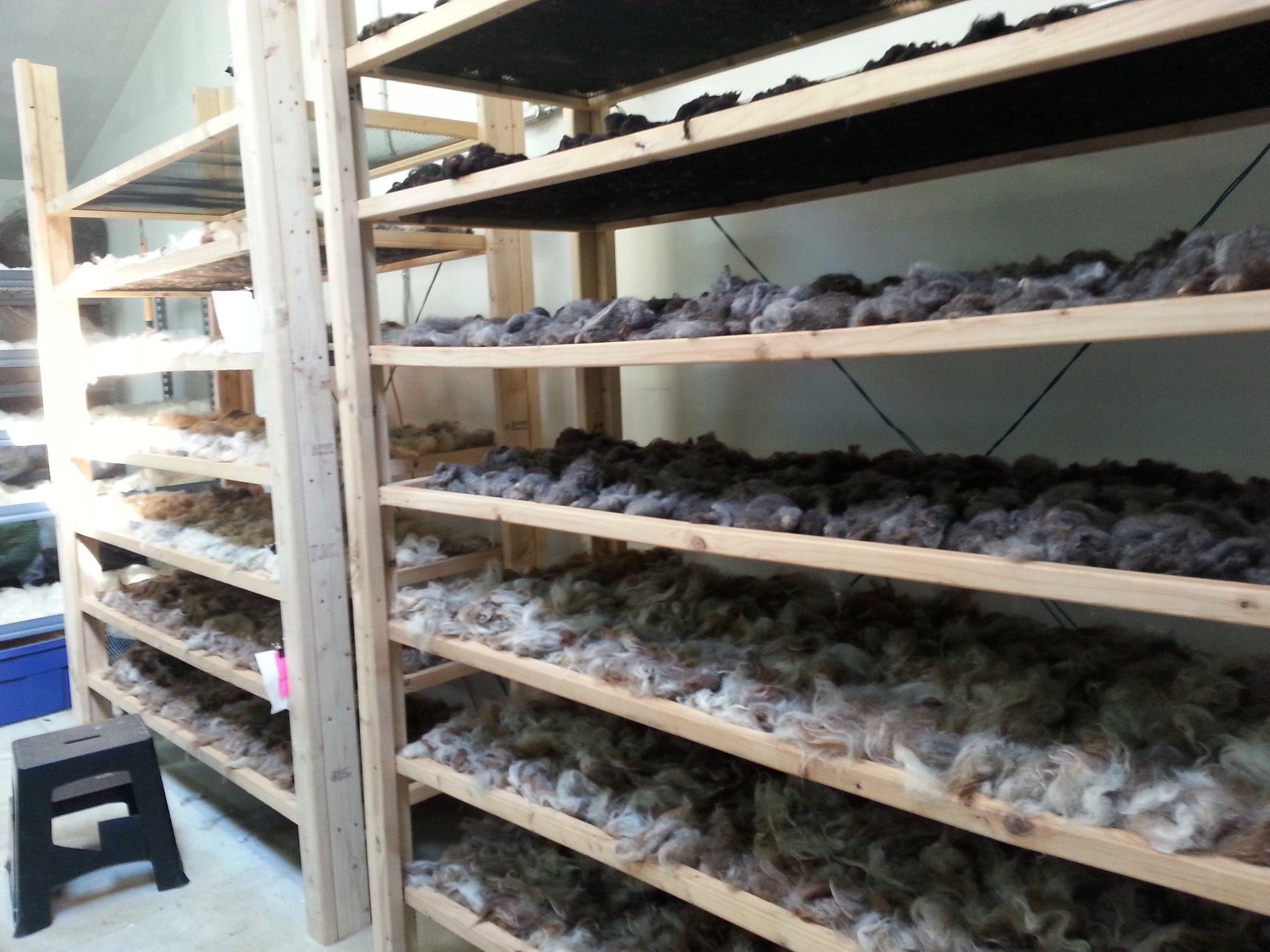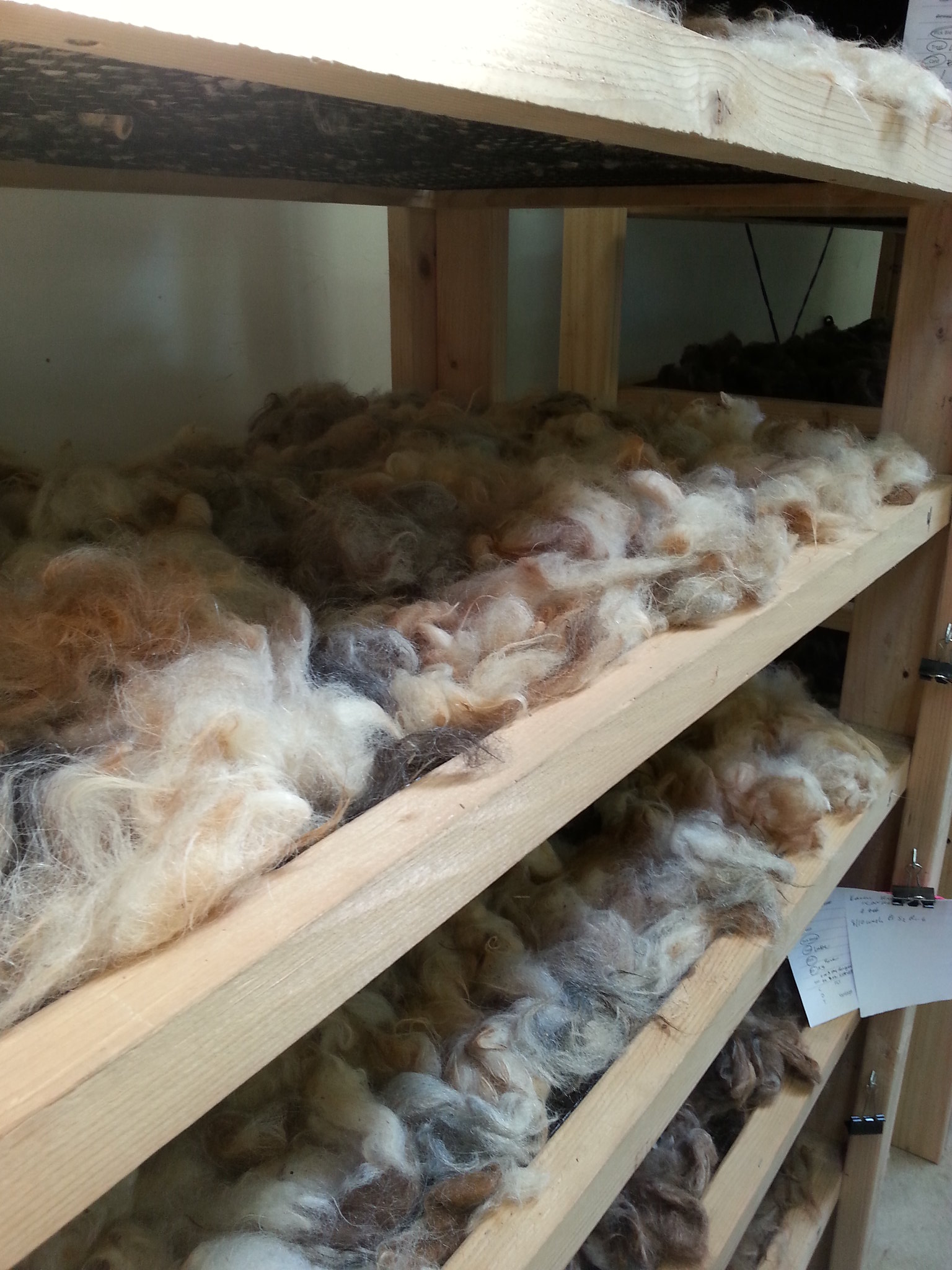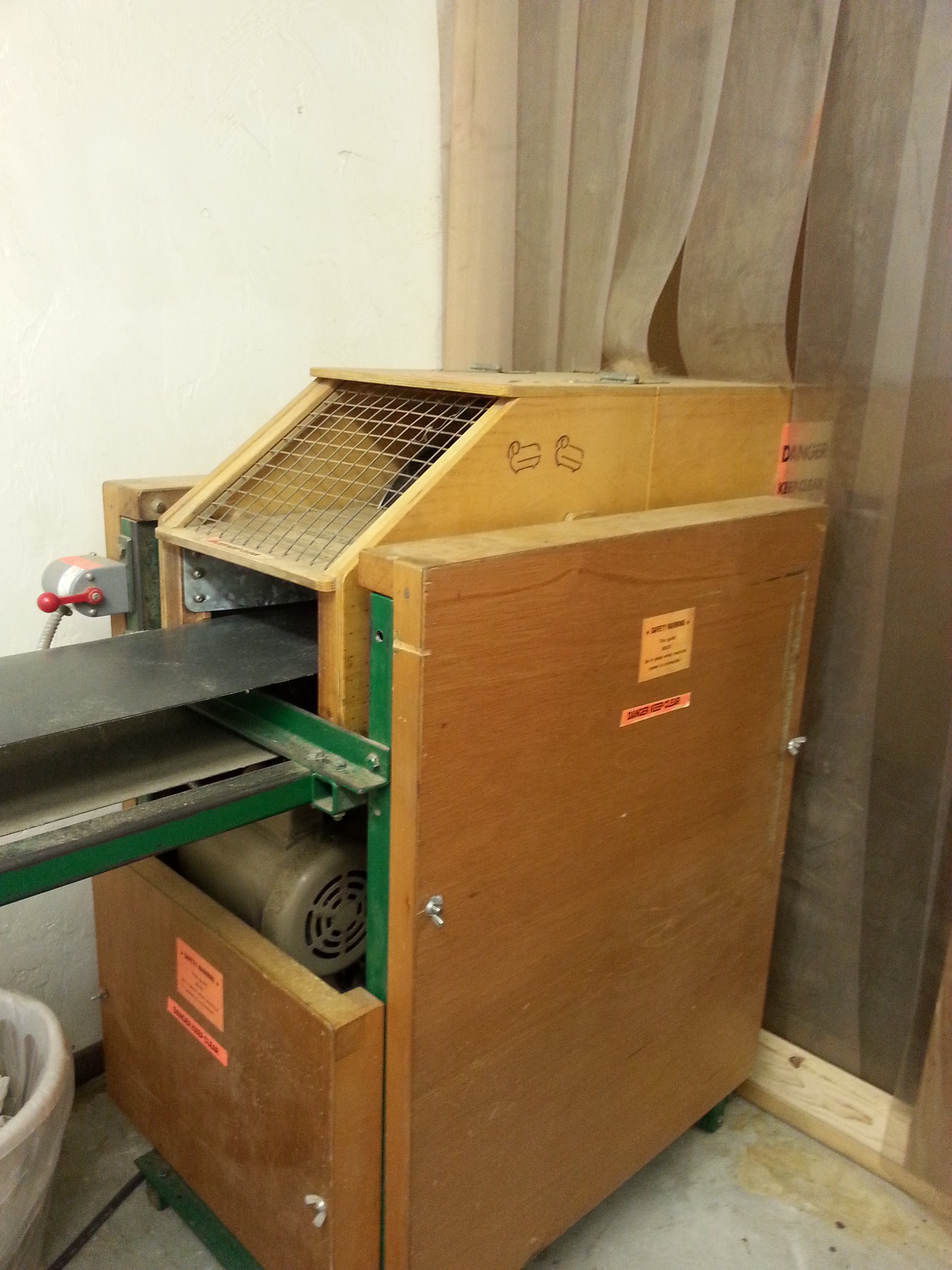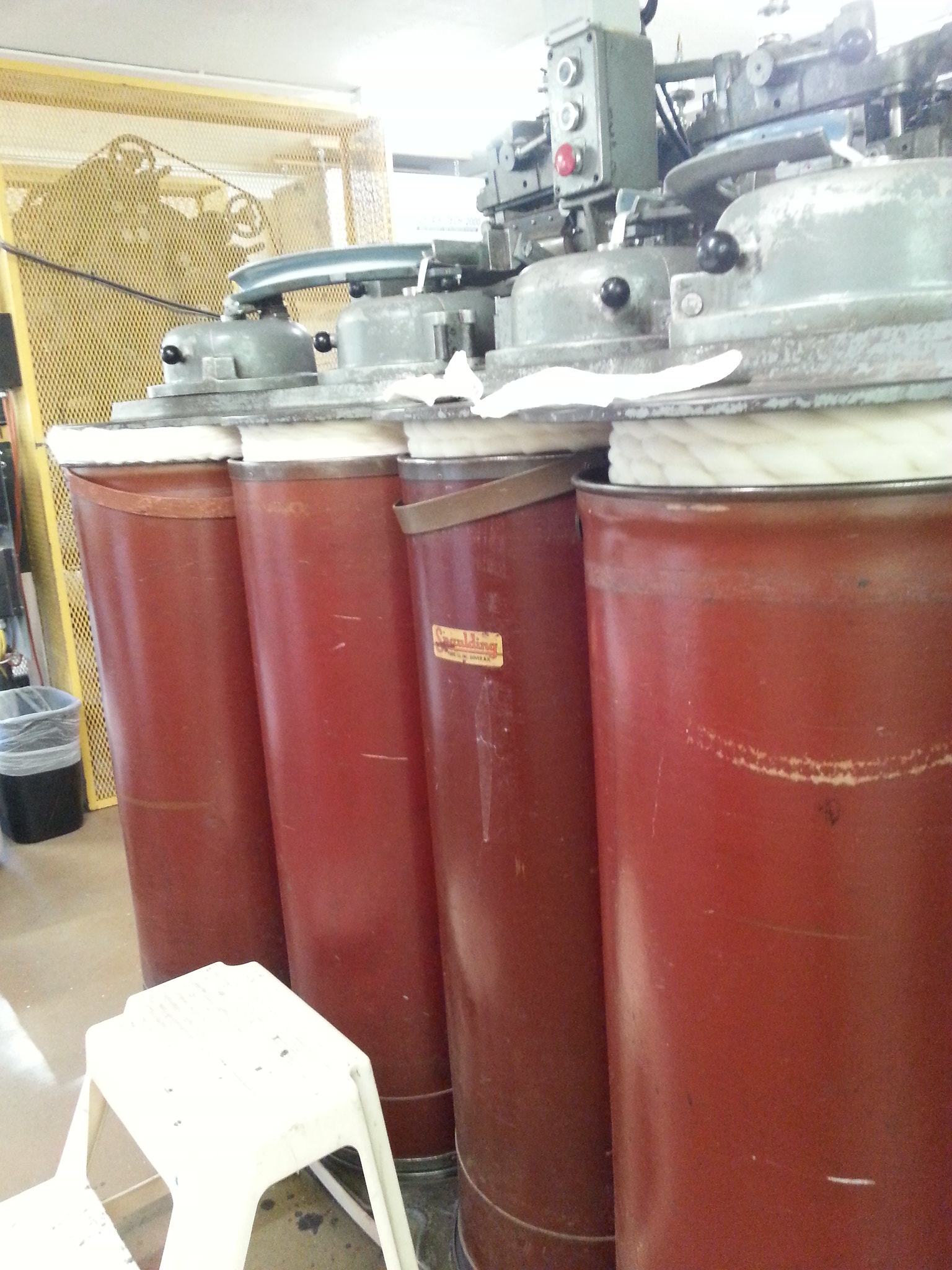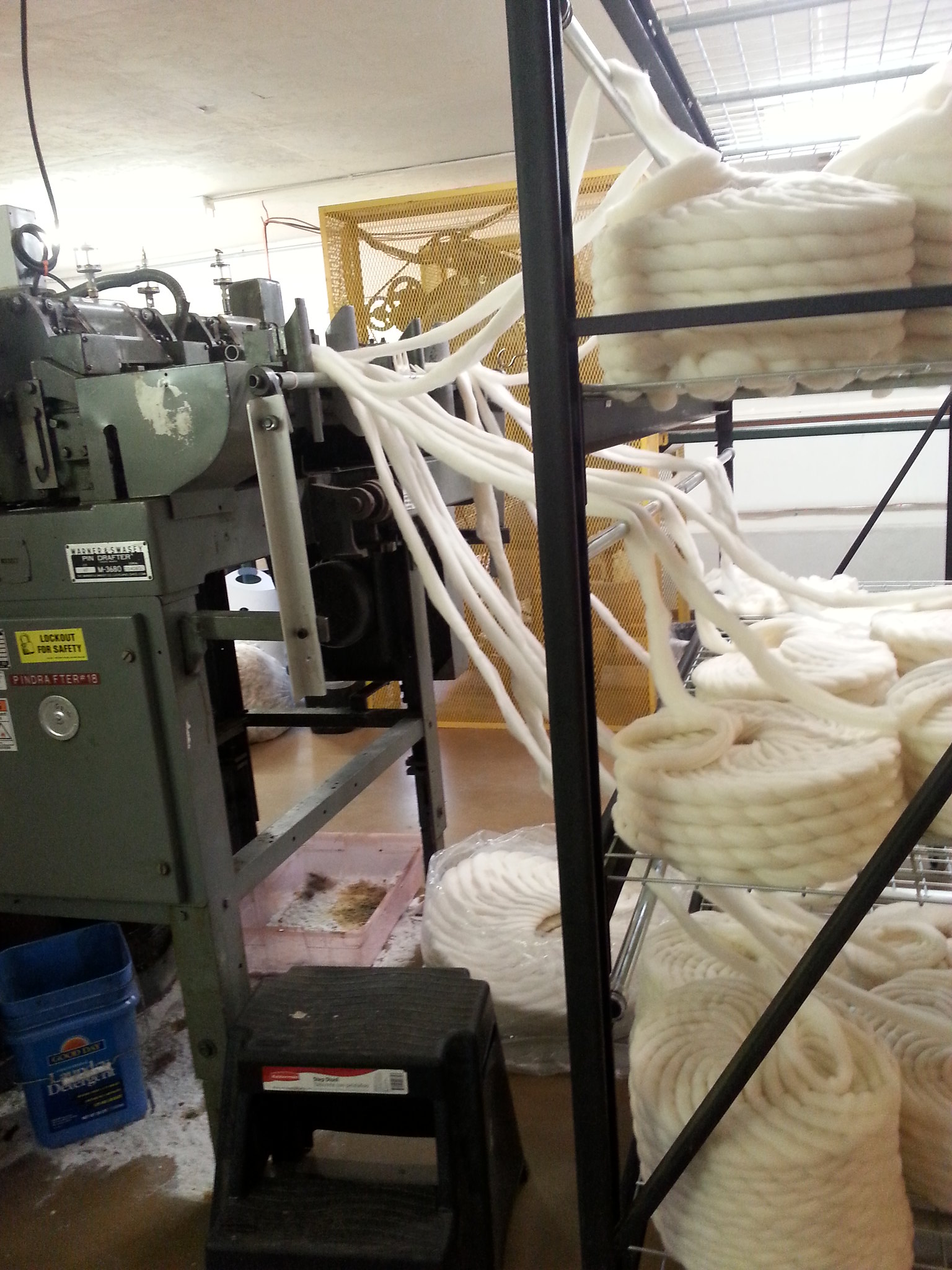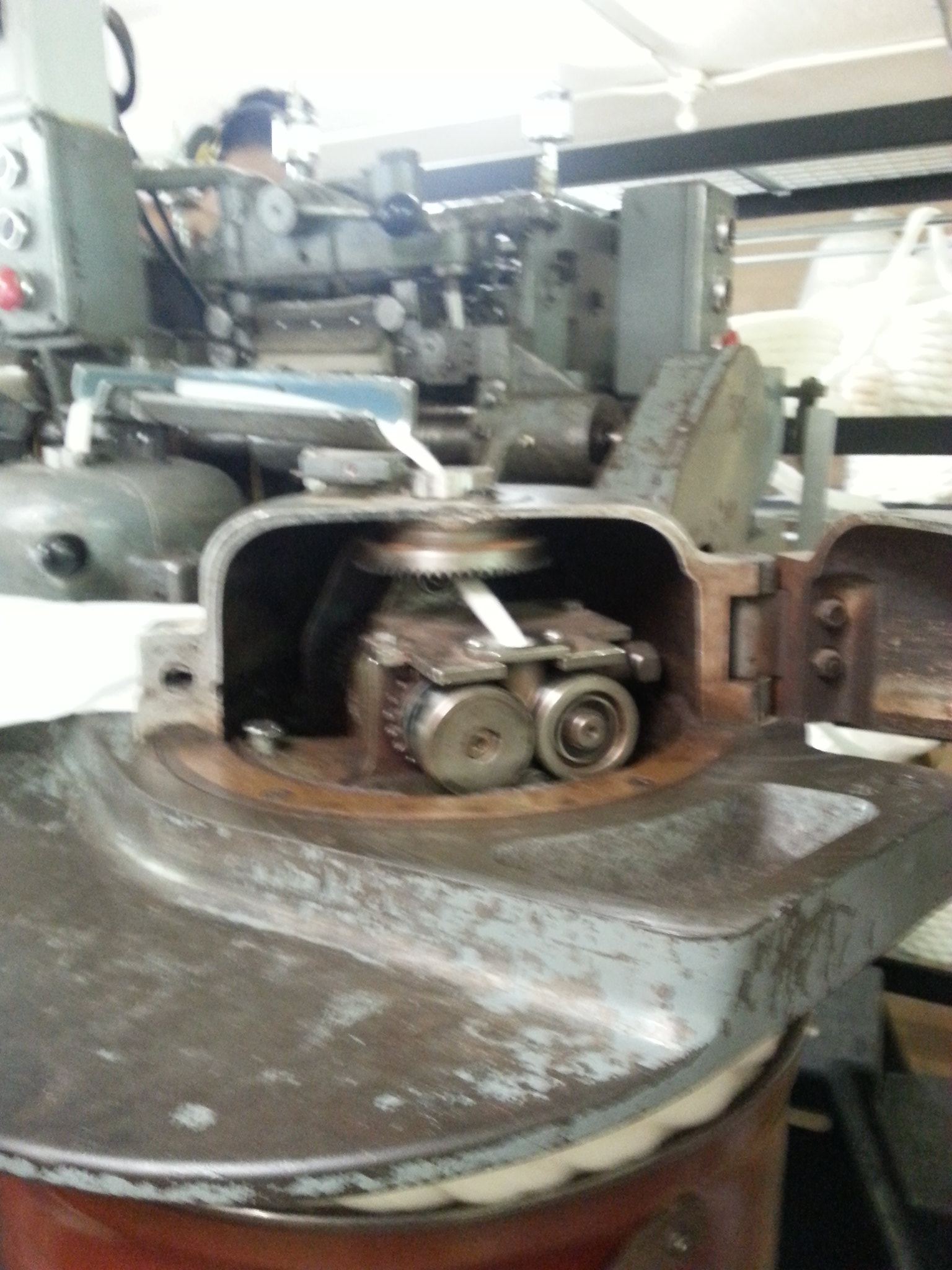It was quite a weekend, weather-wise! Blog was delayed due to power and internet outage, but now we’re back in business, and glad to have come through it with minimal damage.
Here is a dark cloud photo to set the scene

I was pretty excited at the prospect of getting measurable rain, but I didn’t think about the high winds that were expected to accompany it.
Saturday morning we lost power at about 11 am, about the same time that our beautiful fig tree, which was having an awesome summer and growing like crazy, took a big hit. Poor guy.
Last time we had a big wind storm this tall poplar dropped a huge branch in the pasture that kept the boys busy munching for weeks. Here Frank is standing by just in case it lets go of another one 🙂
He never got the big payoff, but we did get lots of tasty little branch-lets that the boys have been enjoying.
A lot of apples hit the ground, too-
So the sheep and chickens really made out on this one.
And I think we gotten about 2 inches of rain so far. Yea!
Edgar is excited too, but he’s playing it cool.
Have a great week! I’ll be at the Bow Little Market again this Thursday, so drop by if you’re in the neighborhood!





